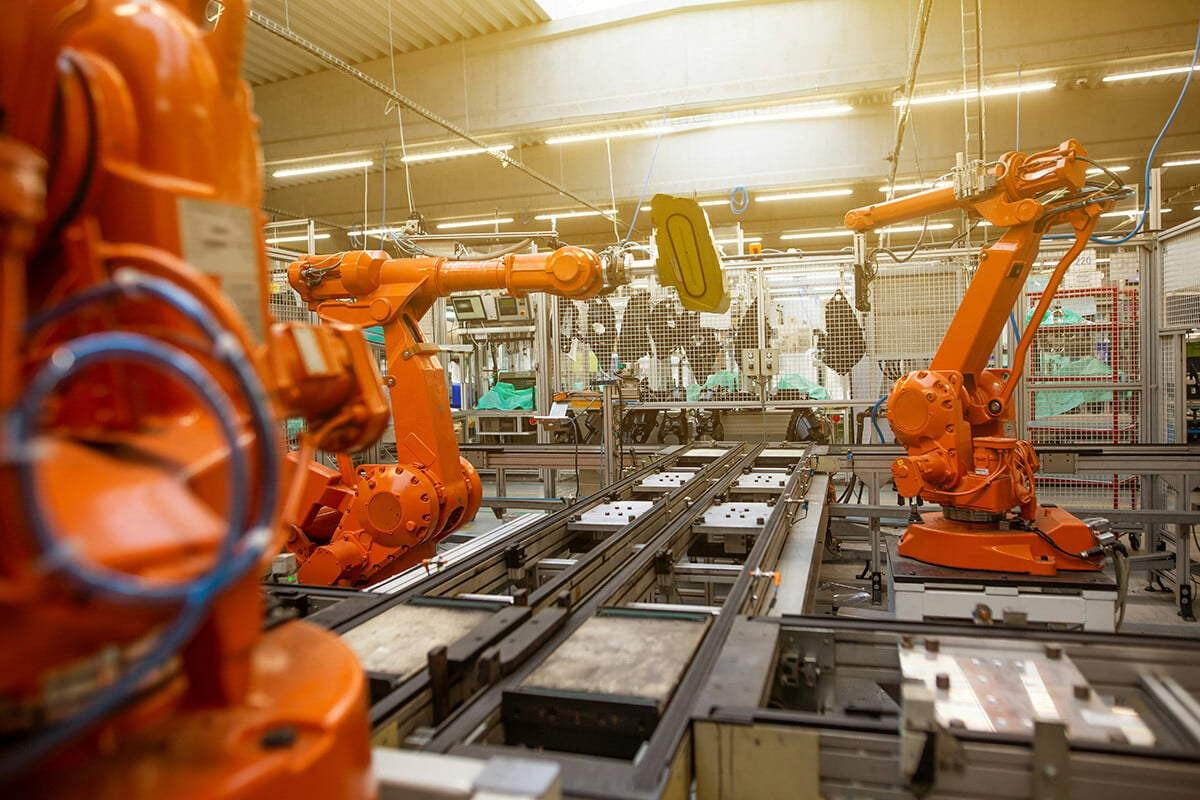How Much Cache Do You Need? A Simple Guide to Website Speed and Performance
Cache is an essential tool for improving website performance, and it directly impacts both user experience (UX) and search engine optimisation (SEO). Whether you’re a business owner, a web user, or a website administrator, understanding how cache works can help you enhance site speed and overall performance. This guide explains the different types of cache and how they play a role in creating a fast, efficient website.
Why Performance Optimisation Matters for UX and SEO
Website speed is crucial for two main reasons: user experience and SEO.
For UX: Studies show that users expect sites to load in under 3 seconds. A slow site can frustrate visitors and cause them to leave, leading to higher bounce rates and fewer conversions. Faster sites keep users engaged and more likely to interact with your content.
For SEO: Google considers page speed a ranking factor, so a slow site can hurt your search engine visibility. By optimising performance, you not only keep visitors happy but also improve your chances of ranking higher on search engines.
Caching plays a vital role in speeding up websites by reducing the need to re-download resources, making it one of the easiest ways to boost both UX and SEO.
What is Cache?
Cache temporarily stores data to make future requests faster. It’s used by browsers, servers, and networks to reduce the time it takes to load a website. Let’s explore the most common types of cache and why they matter.
1. Browser Cache
What is it?
When you visit a website, your browser stores parts of it, like images, CSS, and JavaScript, so it doesn’t need to download them again on your next visit.
Why it matters for performance:
For web users, it means faster load times. For business owners, optimising browser cache improves repeat visit speeds, contributing to a better user experience and potentially boosting SEO.
For more ways to enhance your website’s performance, check out my SEO services.
How much is enough?
Cache static assets like logos for a longer time, but refresh frequently updated content like blog posts more often.
2. ISP Network Cache
What is it?
ISPs store copies of websites that are frequently accessed within their network, delivering cached content to users rather than fetching it from the original server.
Why it matters for performance:
While it works in the background, ISP caching can further reduce load times for popular sites. However, as a site owner or web admin, this isn’t something you can control directly.
3. Application Cache
What is it?
Web apps use application cache to store essential files and data on a user’s device. This allows users to access parts of the app even when offline or experiencing poor connectivity.
Why it matters for performance:
Application cache can ensure smooth functionality for businesses offering online tools or mobile apps, even in areas with unreliable internet. For users, it means uninterrupted access to core app features.
How much is enough?
Cache only the most critical data to keep apps functioning smoothly without taking up too much storage.
Running WordPress?
If you're running a WordPress site, using caching plugins can significantly boost your website’s speed and performance. Tools like WP Rocket, W3 Total Cache, and LiteSpeed Cache help manage your application cache, reducing load times by storing static files and optimising how data is delivered.
4. Cloudflare Cache (CDN Cache)
What is it?
Content Delivery Networks (CDNs) like Cloudflare store copies of websites on servers around the world. When a user visits your site, the CDN delivers it from the nearest server, reducing latency.
Why it matters for performance:
For business owners, using a CDN speeds up load times globally, which improves UX for international audiences. Faster sites also get better rankings on search engines, benefiting SEO.
To learn more about optimising your global performance, take a look at my website design services.
How much is enough?
Cache static content like images and scripts for longer periods, but make sure to refresh dynamic content frequently.
5. Server Cache
What is it?
Server caching stores data directly on the web server, reducing the need for repetitive database queries or reprocessing content.
Why it matters for performance:
For web admins, server-side cache helps manage heavy traffic loads without slowing down the site. For businesses, it improves website speed, which boosts both UX and SEO by ensuring users don’t experience delays during peak traffic times.
How much is enough?
Static pages can be cached for longer, but dynamic content should be refreshed regularly to keep information up-to-date.
Why Cache Matters for Performance Optimisation
By optimising caching strategies, you ensure that your website delivers content quickly and efficiently, improving both user experience and your search engine ranking. Sites that load faster not only retain visitors longer but also signal to Google that they are high-quality, potentially leading to better visibility in search results.
Conclusion
So, how much cache do you need? It depends on your site’s content and your audience’s needs, but balancing browser, CDN, and server caching can drastically improve performance.
Whether you’re a casual web user or a business owner, understanding caching can help you create faster, more responsive websites. For help with performance optimisation, explore my SEO services and website design services to give your site the speed boost it needs.





